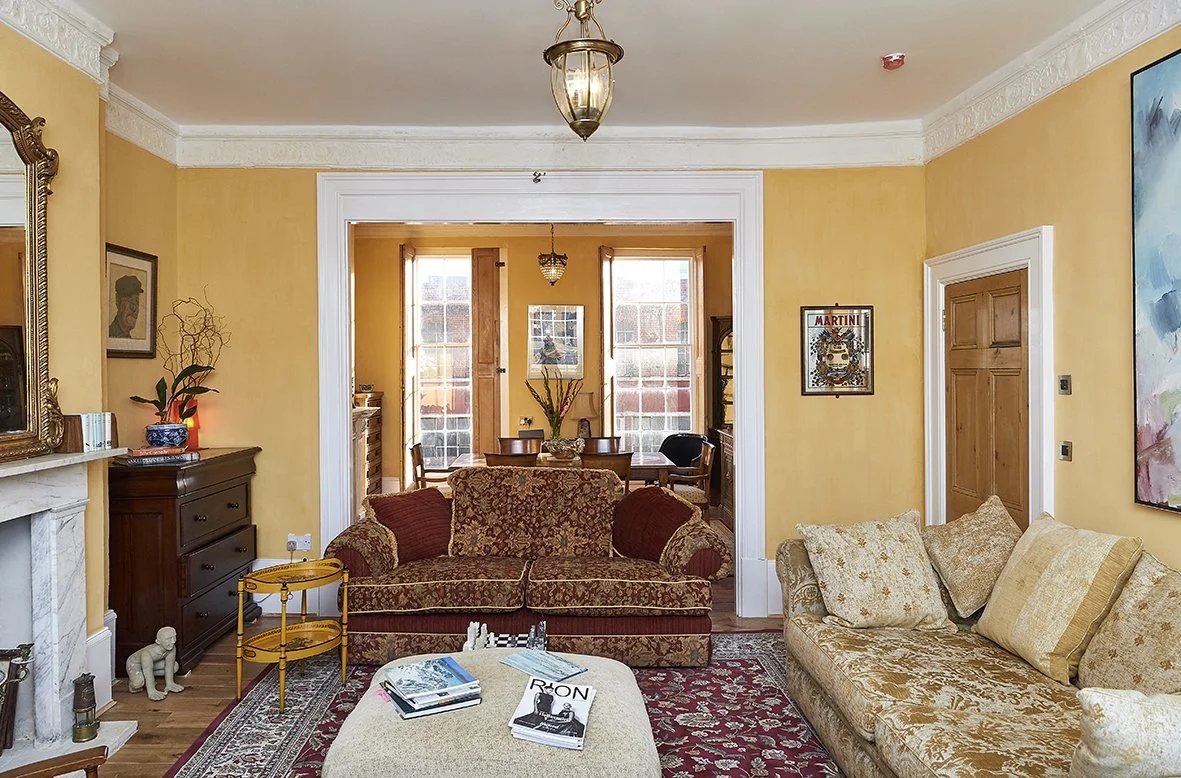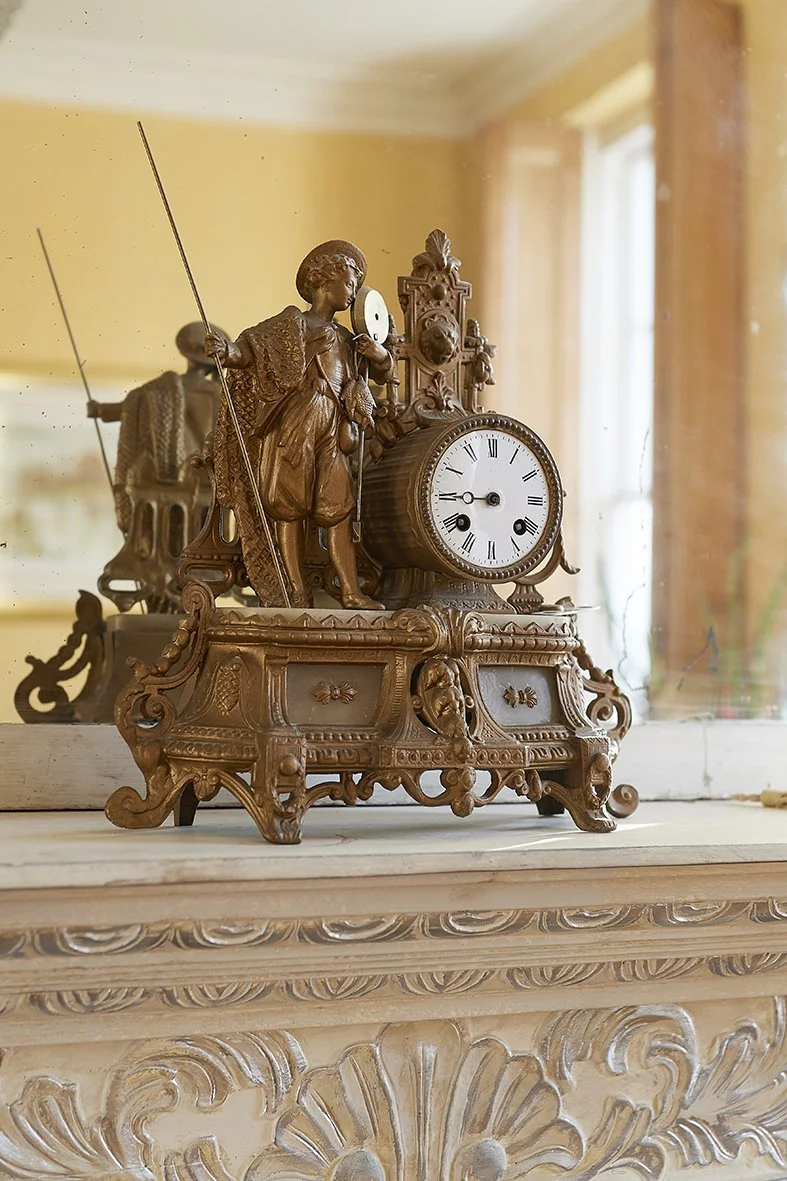A Grand Union
The area just south of Margate’s Old Town possesses a sense of grandeur. The buildings on Cecil Square, Hawley Square, and Union Crescent, in particular, have a charm and stateliness that goes beyond the fact that they stand four and five storeys tall. Strolling these streets is quite literally like taking steps through history – architecturally at least. The sense of familiarity evoked by the Georgian properties that form these streets stems perhaps from the fact that their style was directly borrowed from some of the most prestigious squares in London.
Take Union Crescent, originally built in 1788 at the behest of local solicitor Jacob Sawkins, who had bought the land from a consortium led by Henry Hawley. The houses were based on those of Bloomsbury Square in Holborn. With distinctive Coade stone arches around the front doors, the buildings were initially intended for use as holiday homes by the discerning aristocracy, and for the next thirty or fourty years this was largely the case. However, with the arrival of the trains to Margate, bringing with them gaggles of day-trippers from London’s East End, the aristocratic visitors transferred their favours to the Victorian villas of Cliftonville and Westbrook.
Fast-forward to 2016 and a very different story on Union Crescent. As with so much of the town, the vast majority of the properties had been subdivided into individual flats, with only two on the street remaining as five storey townhouses with the original layouts. When one of those properties, Number 7, went up for sale, viewers were faced with a rotten and collapsed roof gully on the top floor, crumbling bricks, and almost no original features remaining within. But that didn’t deter David Jones and Tam Hoang. They saw through all the structural damage and layers of gypsum plasterboard and lino floors, recognising the unique nature of the building and its rich Georgian history. Four years on, their passion for the project and unrelenting hard work has finally paid off, although not without its challenges.
One of the first jobs was to make the building safe and watertight. Enter local firm G&W Gardner Building Contractors Ltd, who, over a considerable period of time, carefully fitted a steel support in the basement, a flitch beam to support the crumpled roof beam and pinned the skin of the house to the joists. Next up was restoring the house’s numerous sash windows. Having been left for the best part of a year with great gaps between window frames by the first fitters, the building was finally made water and airtight by sash window specialists, Ventrolla.
Aside from shoring up the structure of the building itself, one of the biggest jobs has been to bring the interior back to its former glory. As it turned out, it’s here that David and Tam formed the perfect team. A career as a Financial Controller in film and television has given David an eye for detail, which is matched by his keen interest in history. And while Tam had spent the best part of his career running Vietnamese restaurants in London and Margate, through necessity, he became an integral craftsman on the project. With David’s insight, the pair knew that the house would have originally had lime-plastered walls, and with a little heavy-handed excavation of overlaid gypsum plasterboards by the first builders on site, this was confirmed. Given that lime plastering is now a fairly rare and specialist process, not to mention the sheer area of walls to renovate, the quotes to carry out the work were eye-watering. So, knowing that he was fairly handy, Tam decided he’d learn how to do it himself. The ambition of this decision is inspiring, as is the finish he achieved, which is made all the more impressive by the sensitive selection of pigments added to colour the walls of each space.
This eye for detail and sympathetic understanding of the Georgian style has led to the reinstalling of cornicing and fitting of fireplaces throughout the building, which is perhaps most impressive in the opulent living and adjoining dining room on the first floor. What’s more, even the furniture is in keeping, with a number of finds made in local antique shops. But it’s not only the inside that has been transformed. Outside, the brickwork has been restored with the same level of scrutiny by Ramsgate’s Georgian Brickwork, who have repointed the front and back of the building. The metal railings at the front of the building have been reinstated by Nailbourne Blacksmiths from Canterbury. This authentic finishing touch was achieved partly thanks to the foresight of those who removed and melted down the original railings during World War II, leaving just one set remaining for future generations to take casts from. It’s that level and detail and sensitivity to the history of the area, along with a huge amount of sweat, blood and tears that makes 7 Union Crescent what it is today – a beautifully restored, authentic Georgian property.
This article was first published by Margate Mercury.




